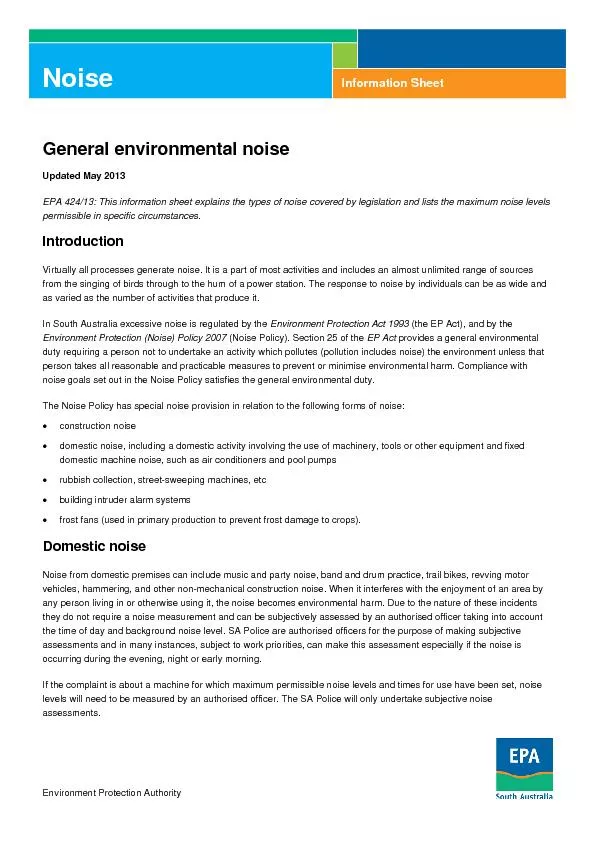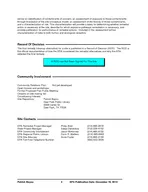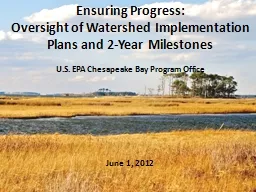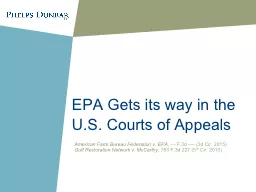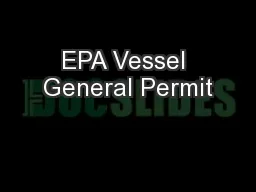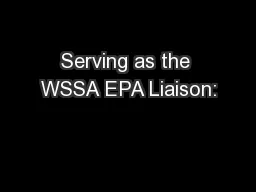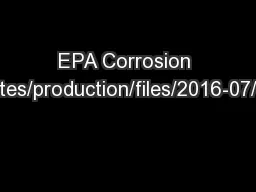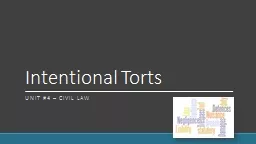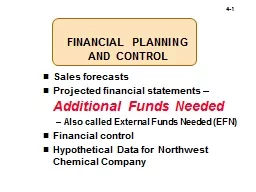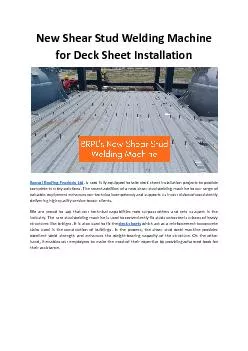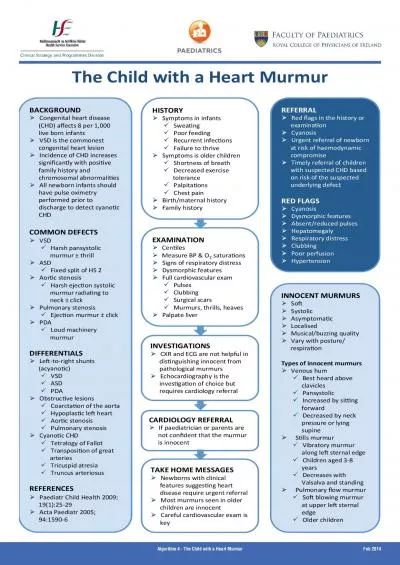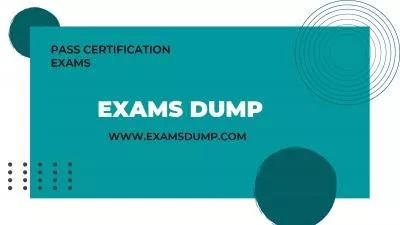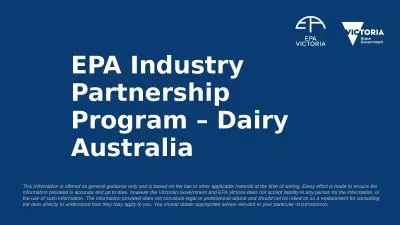PDF-Information SheetUpdated May 2013 EPA 424/13: This information sheet e
Author : faustina-dinatale | Published Date : 2016-07-01
General environmental noise Excessive noise can usually be avoided by taking all reasonable and practicable measures to reduce noise before undertaking any activity
Presentation Embed Code
Download Presentation
Download Presentation The PPT/PDF document "Information SheetUpdated May 2013 EPA 42..." is the property of its rightful owner. Permission is granted to download and print the materials on this website for personal, non-commercial use only, and to display it on your personal computer provided you do not modify the materials and that you retain all copyright notices contained in the materials. By downloading content from our website, you accept the terms of this agreement.
Information SheetUpdated May 2013 EPA 424/13: This information sheet e: Transcript
Download Rules Of Document
"Information SheetUpdated May 2013 EPA 424/13: This information sheet e"The content belongs to its owner. You may download and print it for personal use, without modification, and keep all copyright notices. By downloading, you agree to these terms.
Related Documents

